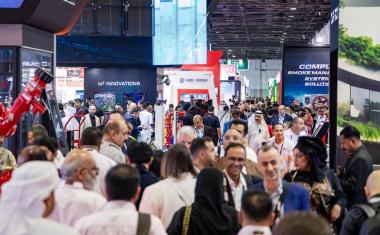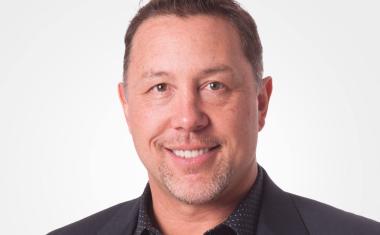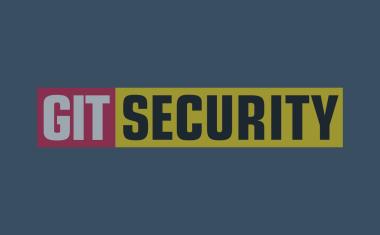EU-OSHA: Spending on health and safety is an investment not a cost
"Spending on workplace health and safety should be seen as an investment and not a cost", according to the Director of the European Agency for Safety and Health at Work (EU-OSHA). ...
"Spending on workplace health and safety should be seen as an investment and not a cost", according to the Director of the European Agency for Safety and Health at Work (EU-OSHA). Along with the publication of the Agency's Annual Report for 2009, Jukka Takala warned against organisations "abandoning long term benefits for short term gains, by reducing their health and safety budgets in difficult times. With 80% of European managers reporting workplace accidents as the main concern, we cannot afford to make cuts in workplace health and safety."
The 2009 Annual Report acknowledges that the year was a difficult one throughout Europe, with many economies struggling to emerge from recession, and with unemployment rates rising. EU-OSHA has seen increases in many of the health and safety problems that affect European workers, as they have to absorb the work previously done by workers who have been made redundant, and as they suffer from greater stress. In fact, findings from the recent ESENER survey show that 52% of managers in Europe think that time pressure contributes to psychosocial risks in their company. Other influencing factors are job insecurity (26%) and long working hours (21%).
Workers are also facing the growing risk that long-term absence from work will result in them never getting back into employment. According to Jukka Takala, "the more enlightened employers have been introducing more part-time work and job rotation, to try to avoid redundancies among their workforce while still reducing their wage bills - they realise that retaining their experienced staff is an investment for the next upturn." Against the background of economic uncertainty, EU-OSHA has continued to emphasise the importance of health and safety for successful organisations. Main projects in 2009 include:
- The European Survey of Enterprises on New and Emerging Risks (ESENER), which provides real-time data from organisations around Europe on the work that they are doing to tackle occupational safety and health risks, and especially psychosocial risks. Full results are now available at www.esener.eu
- The two-day summit that brought to a close EU-OSHA's campaign on Risk Assessment (which is the cornerstone of health and safety management). EU-OSHA's two-year Healthy Workplaces Campaigns are now the largest of their kind in the world.
- A pan-European opinion poll on occupational safety and health, aiming to find out what European workers think about their working conditions. Results are available on the EU-OSHA website at http://osha.europa.eu/en/statistics/eu-poll
- A Europe-wide photography competition to promote health and safety at work, which received over 1,600 entries, and
- EU-OSHA's support for the Healthy Workplaces Film Award at the International Leipzig Festival for Documentary and Animated Film.
Looking ahead, much of the Agency's work will be focused on organising the Healthy Workplaces Campaign on Safe Maintenance, which will continue into 2011.














